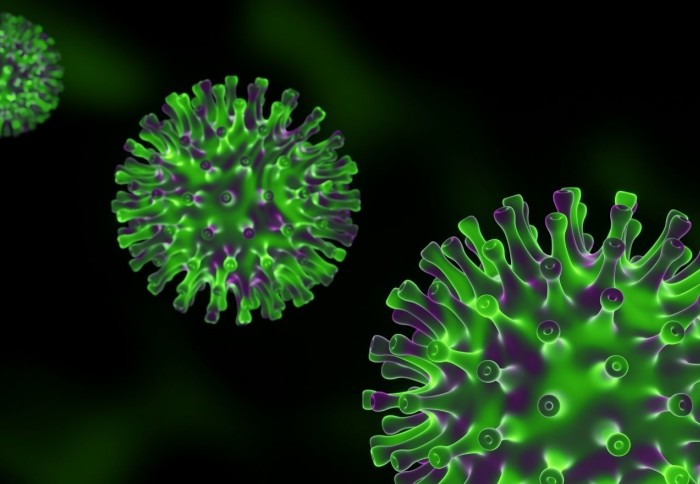
The Omicron variant largely evades immunity from past infection or two vaccine doses according to the latest Imperial modelling.
The new report (Report 49) from the Imperial College London COVID-19 response team estimates that the risk of reinfection with the Omicron variant is 5.4 times greater than that of the Delta variant. This implies that the protection against reinfection by Omicron afforded by past infection may be as low as 19%.
Researchers estimate the growth and immune escape of the Omicron variant in England. They used data from the UKHSA and NHS for all PCR-confirmed SARS-CoV-2 cases in England who had taken a COVID test between November 29th and December 11th 2021.
The study includes people identified as having Omicron infection due to an S gene target failure (SGTF), as well as people with genotype data that confirmed Omicron infection. Overall, 196,463 people without S gene target failure (likely to be infected with another variant) and 11,329 cases with it (likely to be infected with Omicron) were included in the SGTF analysis, as well as 122,063 Delta and 1,846 Omicron cases in the genotype analysis.
Firstly, the report looks at factors associated with testing positive for Omicron compared to non-Omicron (mostly Delta) cases. The results suggest that the proportion of Omicron among all COVID cases was doubling every 2 days up to December 11th, estimated from both S-gene Target Failure and genotype data. Based on these results they estimate that the reproduction number (R) of Omicron was above 3 over the period studied.
The distribution of Omicron by age, region and ethnicity currently differs markedly from Delta, with 18–29-year-olds, residents in the London region, and those of African ethnicity having significantly higher rates of infection with Omicron relative to Delta. London is substantially ahead of other English regions in Omicron frequency.
Omicron transmission is not yet uniformly distributed across the population. However, the researchers note that given its immune evasion, the age distribution of Omicron infection in the coming weeks may continue to differ from that of Delta.